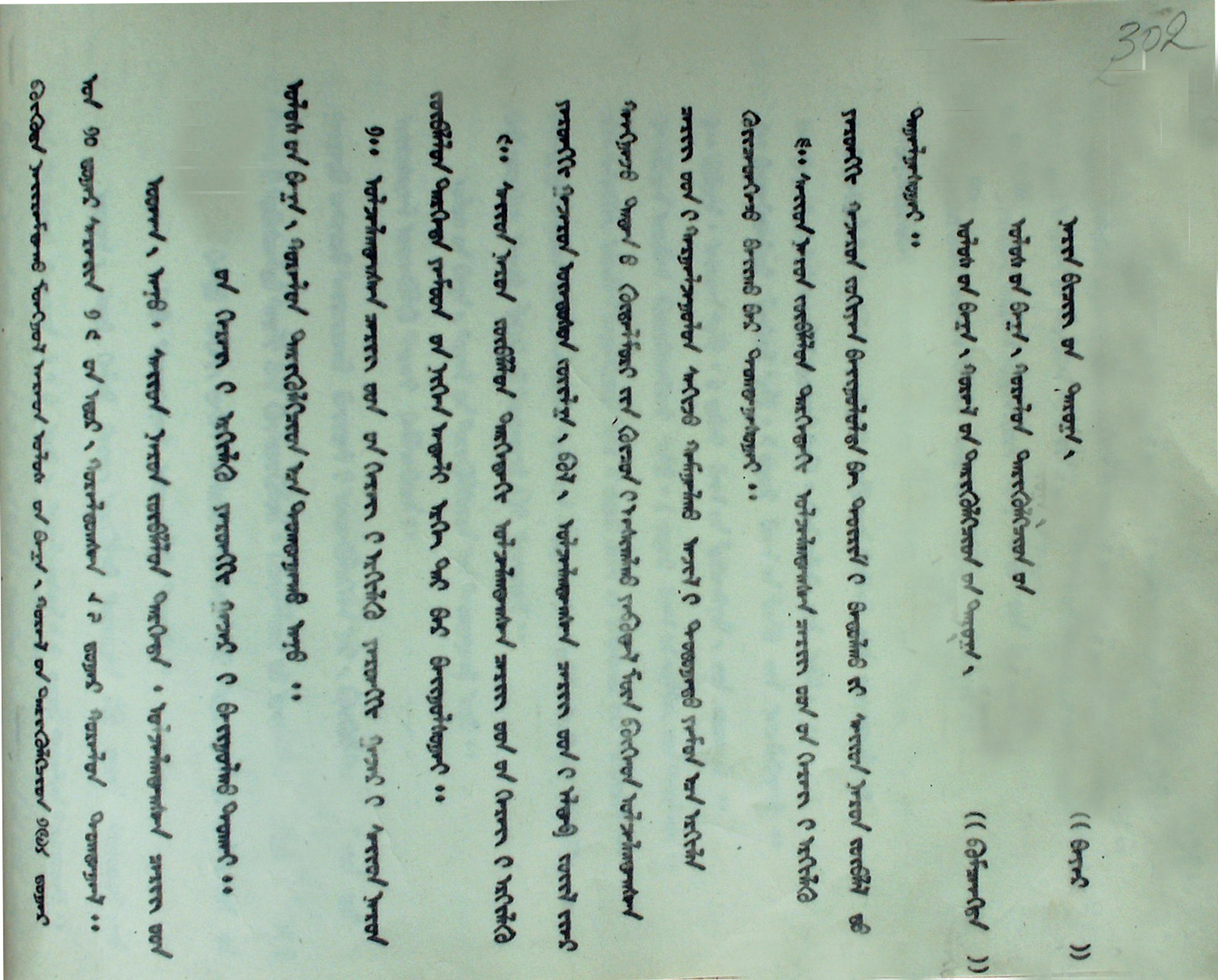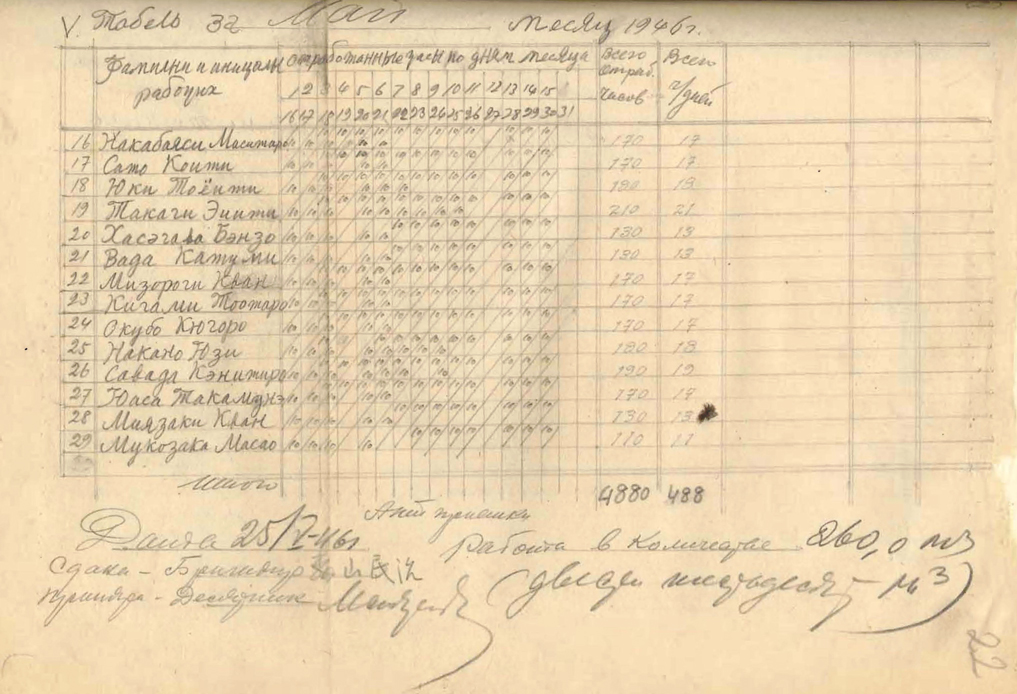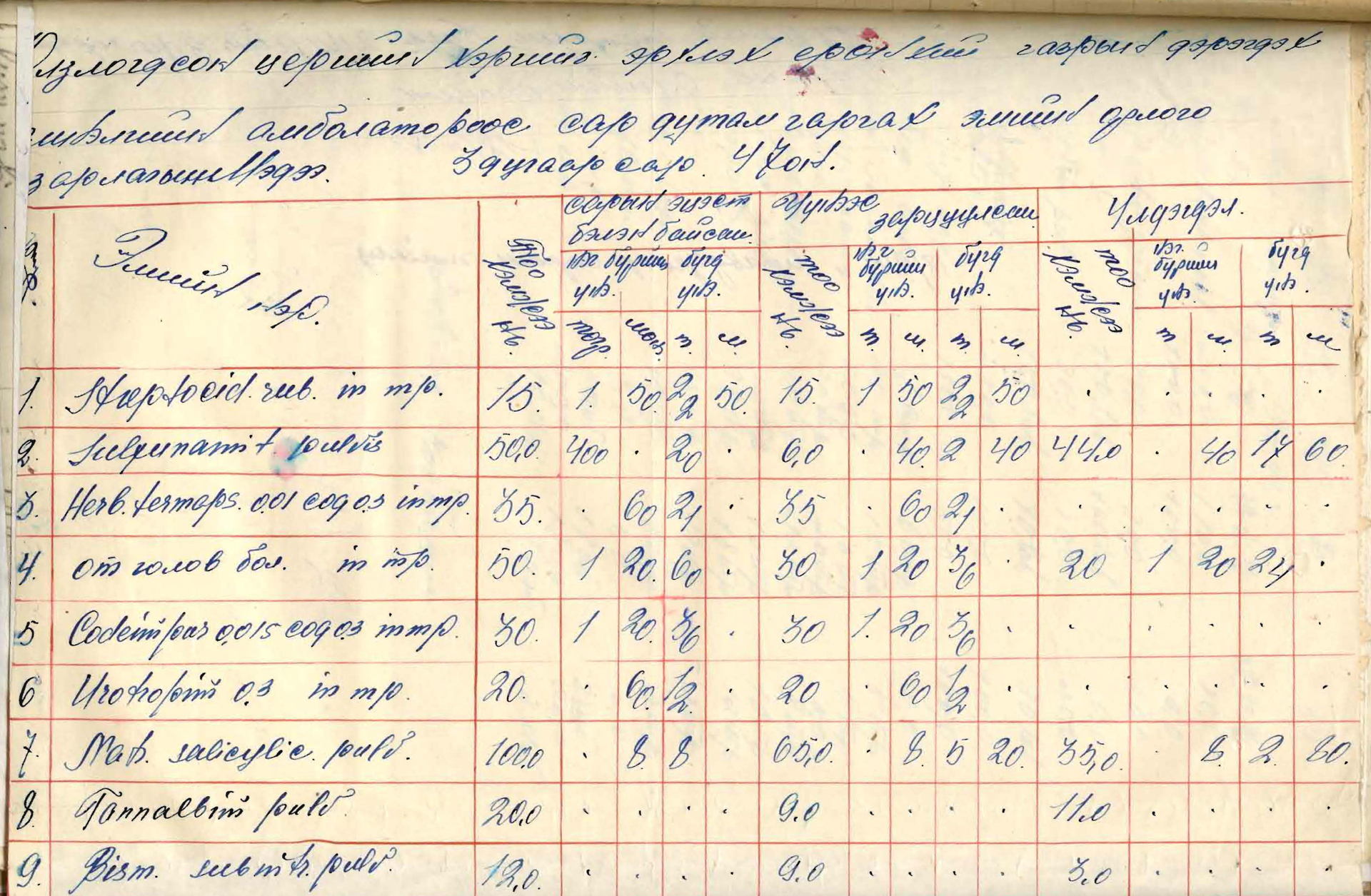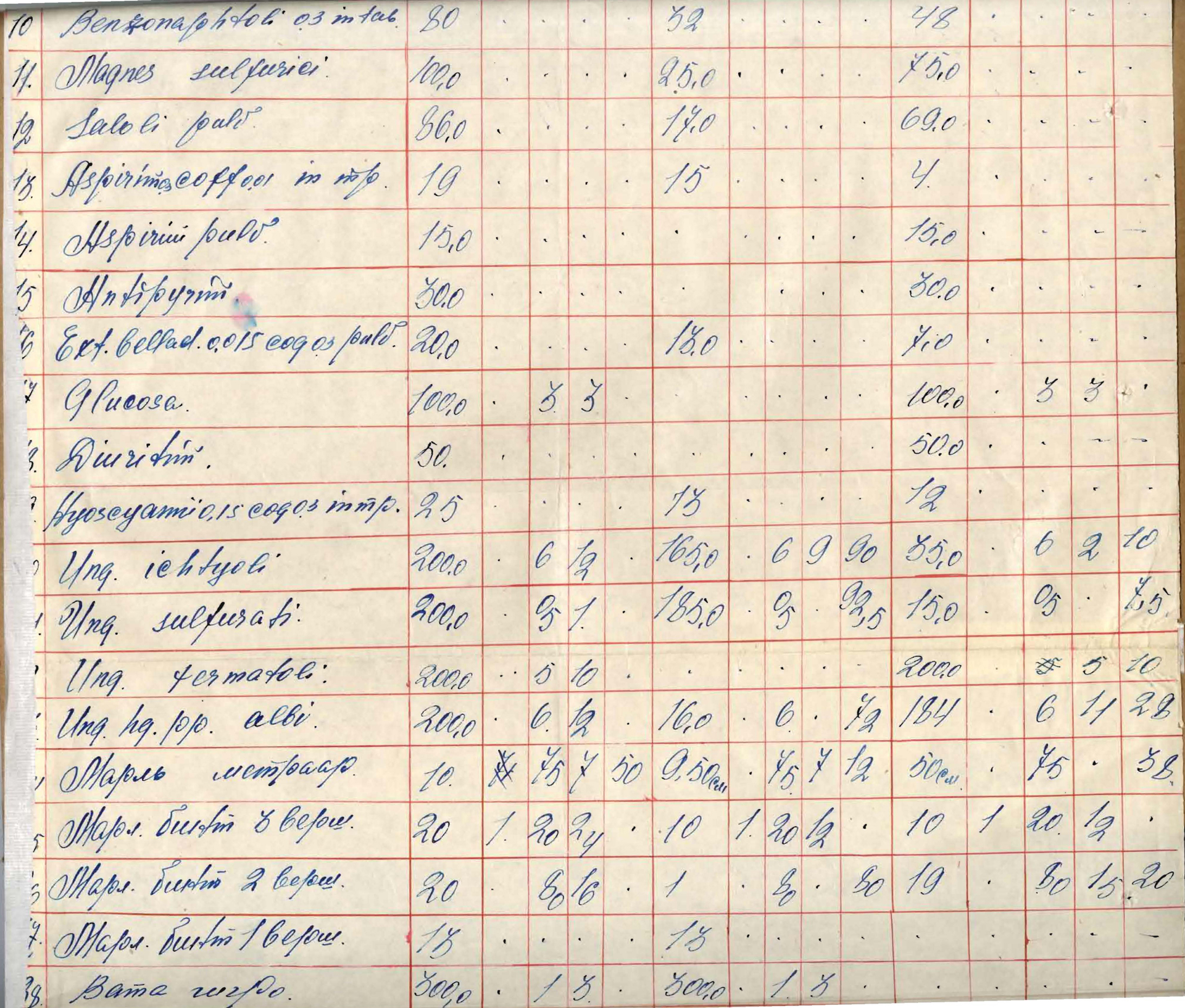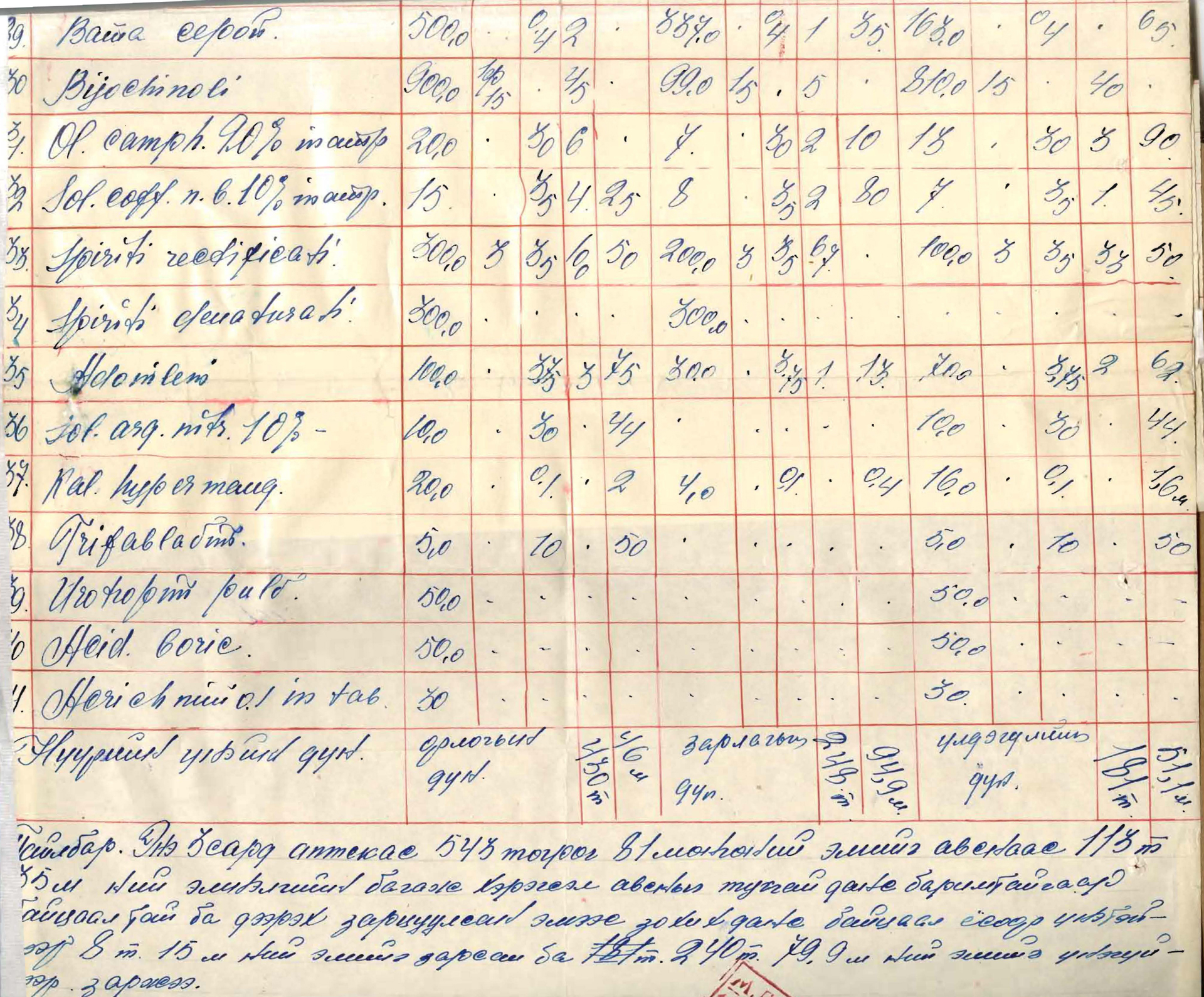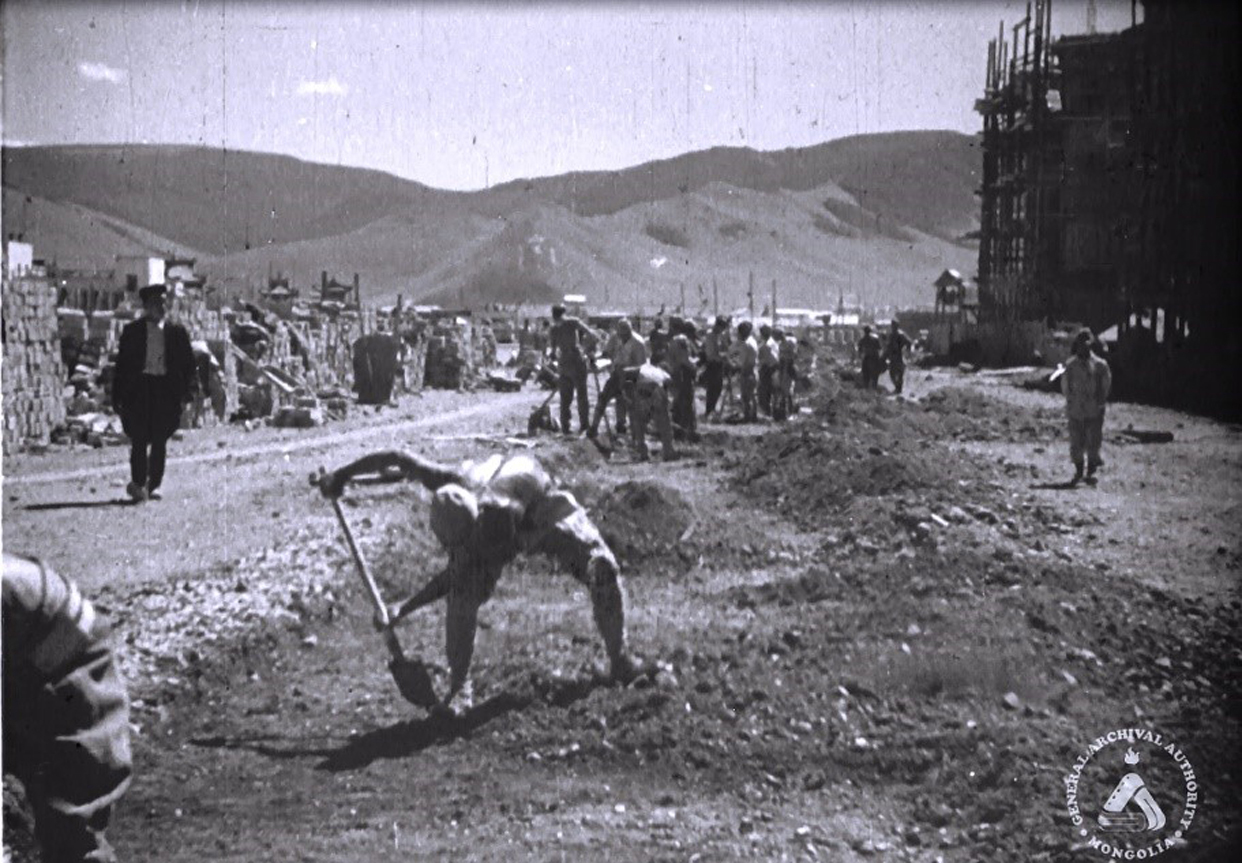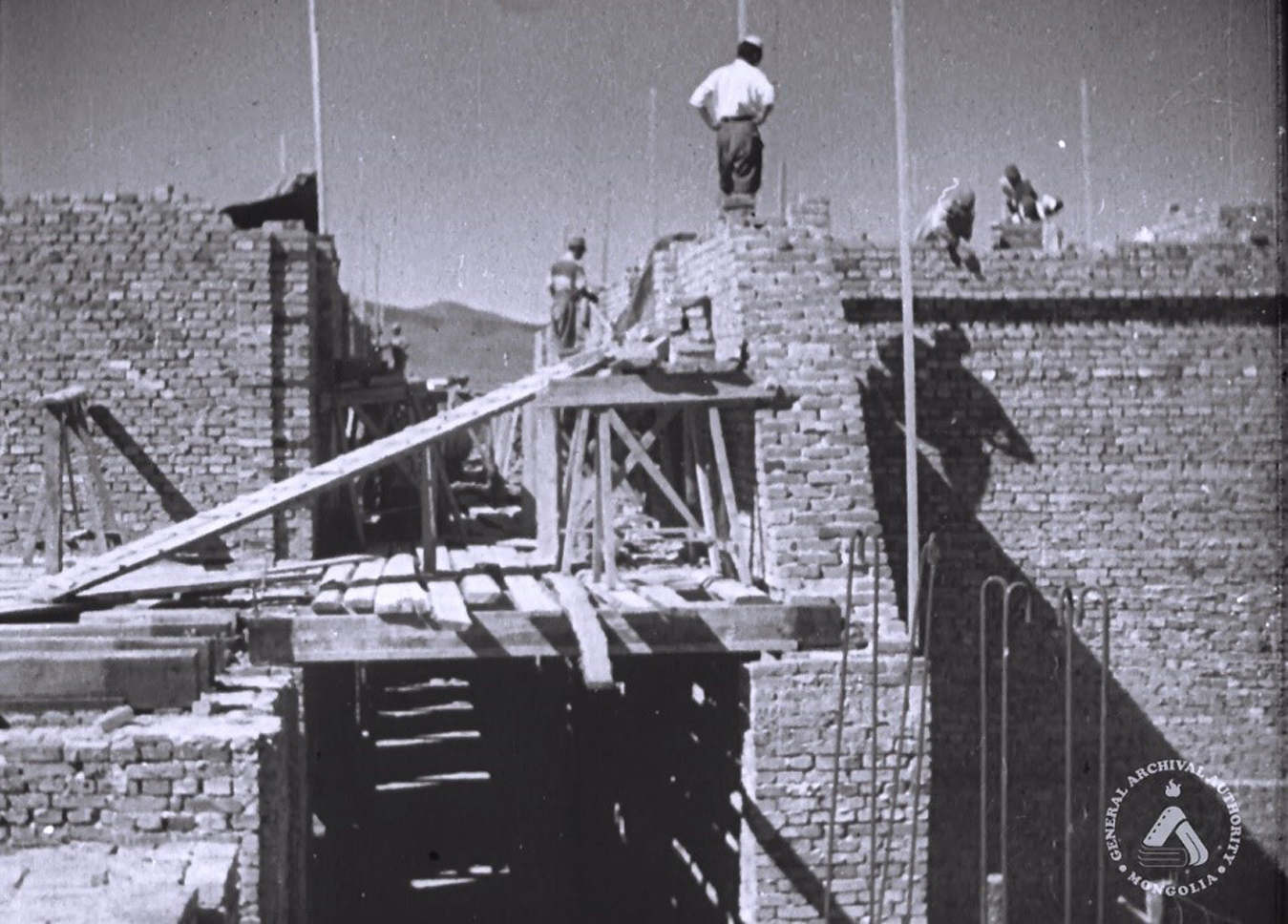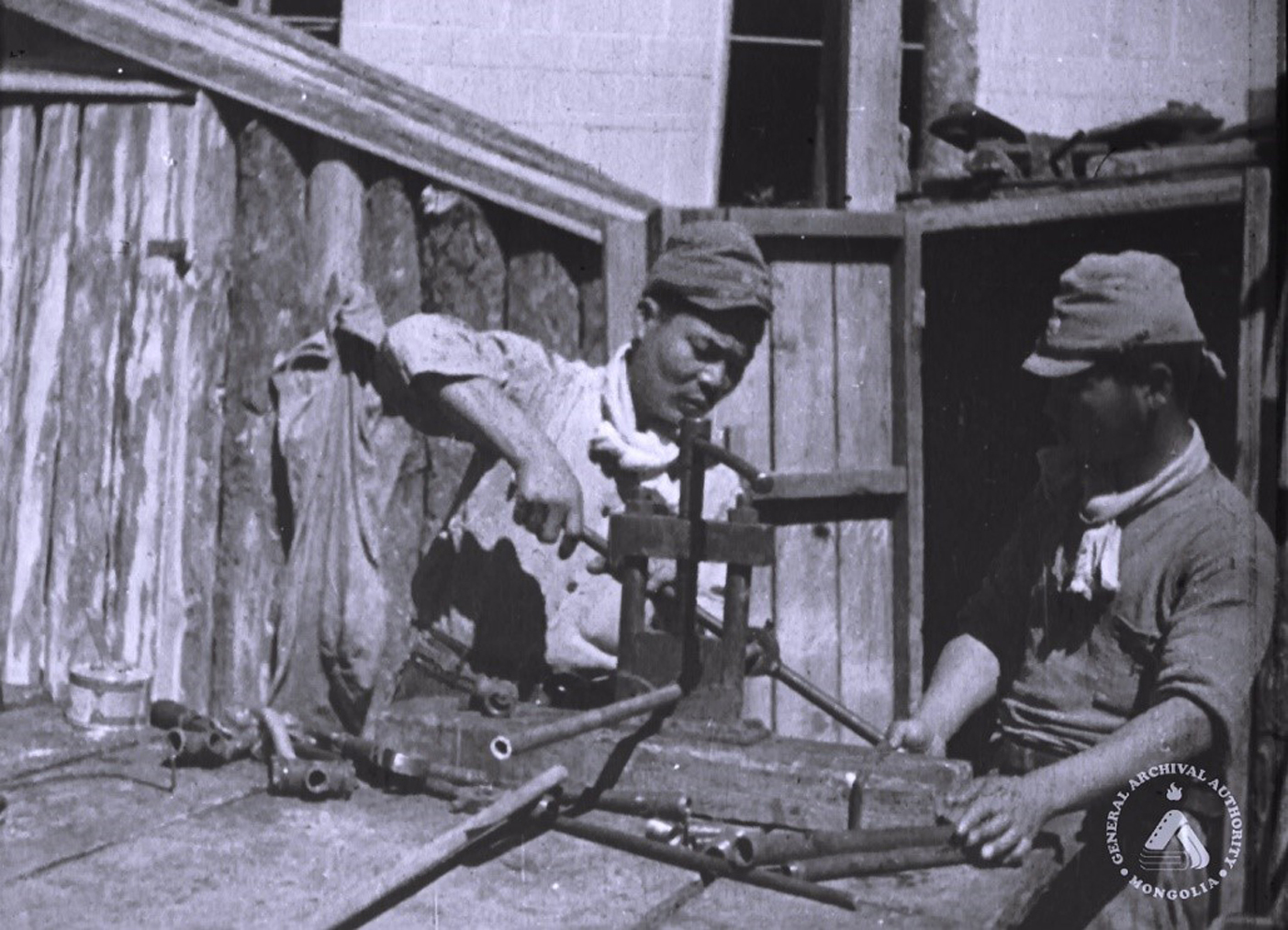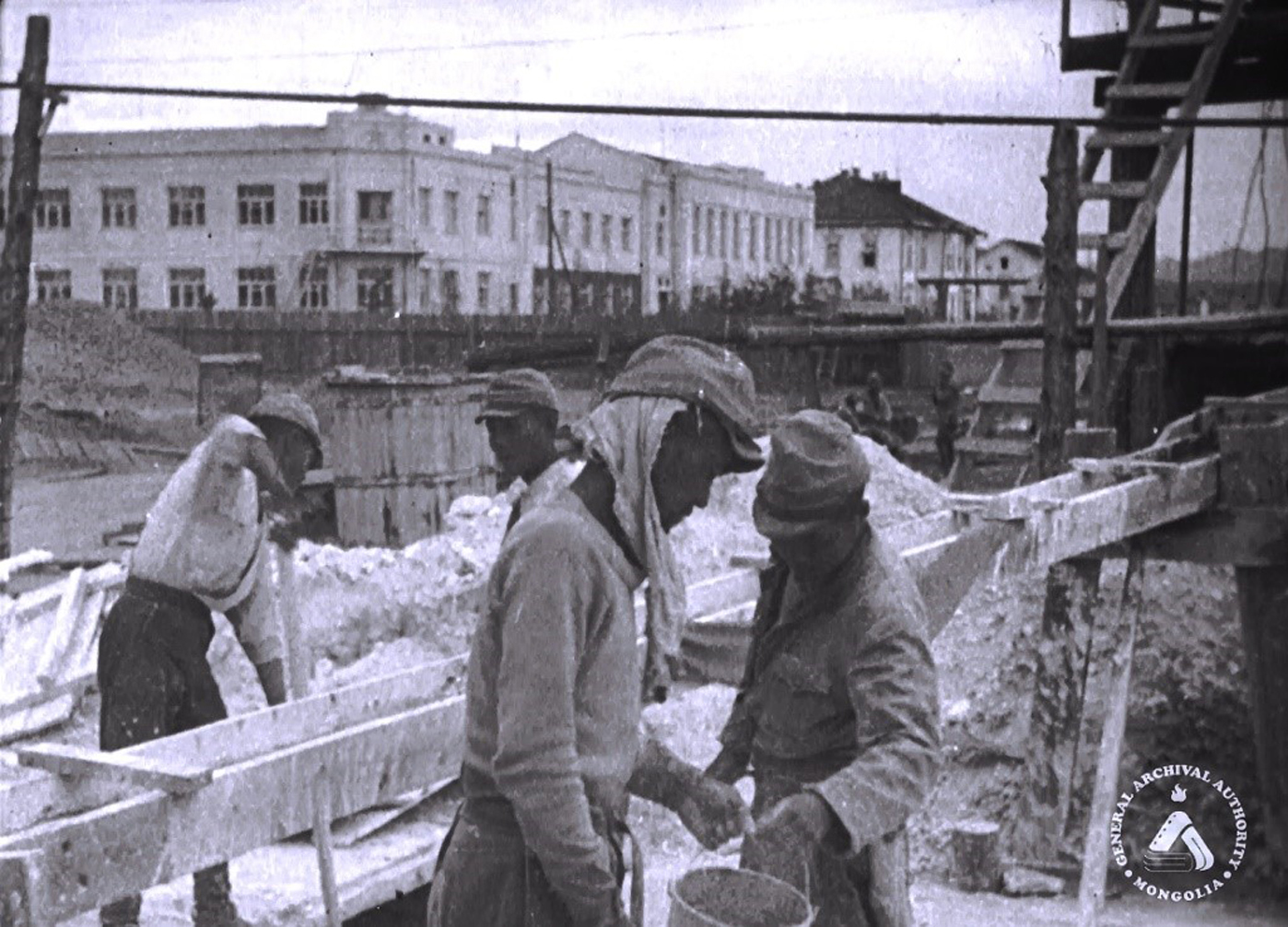ⅢUrban development in Mongolia and the Japanese prisoners of war
On December 8, 1941, Japan declared war on the United States and Great Britain and entered World War II.
On August 8, 1945, the Soviet Union declared war on Japan. Mongolia, which had signed a Mutual Aid Protocol with the Soviet Union in 1936, entered the war against Japan in order to fulfill its obligations under the Protocol and to strengthen its independence. On August 10, 1945, the Mongolian State Sub-Council and the Mongolian government issued a written declaration of war against Japan.
Japan eventually was forced to surrender on August 15, 1945, when the Emperor announced to the Japanese people that the war had ended. About 575,000 Japanese troops including civilians were captured by the Soviet Union, and a little over 12,000 of them were sent to Mongolia. The internees were sent to Ulaanbaatar, where they spent tough days as laborers constructing many new buildings in the city. Many records about the prisoners of war (internees) and their lives have been preserved in Mongolia.
 Establishment of the General Directorate for the Affairs of the Prisoners of War
Establishment of the General Directorate for the Affairs of the Prisoners of War
This is a resolution of the Council of Ministers dated October 12, 1945, establishing the General Directorate for the Affairs of Prisoners of War as follows:
- To establish the General Directorate for the Affairs of Prisoners of War under the Council of Ministers with the same authority as the Ministries.
- The main purpose of the General Directorate for the Affairs of Prisoners of War is to provide prisoners of war with various items and to use their labor, and to ensure that the Ministry of the Home Affairs takes care of and protects the prisoners of war.
- The Council of Ministers was instructed to approve the organization and rules of the General Directorate for Prisoners of War under the Council of Ministers.
 Japanese prisoners of war working for the urban development
Japanese prisoners of war working for the urban development
Registration on May 25, 1946, of prisoners of war regarding who had worked how many days and hours per day in the urban development of Ulaanbaatar.
 Provision of medical supplies to the prisoners of war
Provision of medical supplies to the prisoners of war
This is evidence of supplements of the monthly usage of drugs, hospital usage, and other support by the hospital under the General Directorate for the Affairs of Prisoners of War, which was responsible for the provisions and care of the prisoners of war. For example, in March 1947, 543.81 MNT worth of medicines were bought from pharmacies and 118.85 MNT worth of medical supplies were purchased, and 240.79 MNT worth of medicines were given out for free.
 City construction by the Japanese prisoners of war working for the City construction
City construction by the Japanese prisoners of war working for the City construction
These are the photos from 1945 to 1947. Captive Japanese soldiers were involved in the construction of the People's republic of Mongolia and constructed the following buildings: the foundation of the Government House, Opera and Ballet Theatre, Building of the Ministry of Foreign Affairs, 23 apartments, Eldev-Ochir Cinema, State Library, 12 apartments for the Party Central Committee, the Party School building, First Maternity Hospital building, extension of the National University of Mongolia, as well as many buildings at Ikh Tenger, Songino, and Nükht, which were outside of the capital.
The labor of the prisoners of war, who had a hard time after the war, led the urban development in Mongolia. After that, the relationship between Japan and Mongolia developed in different ways.


